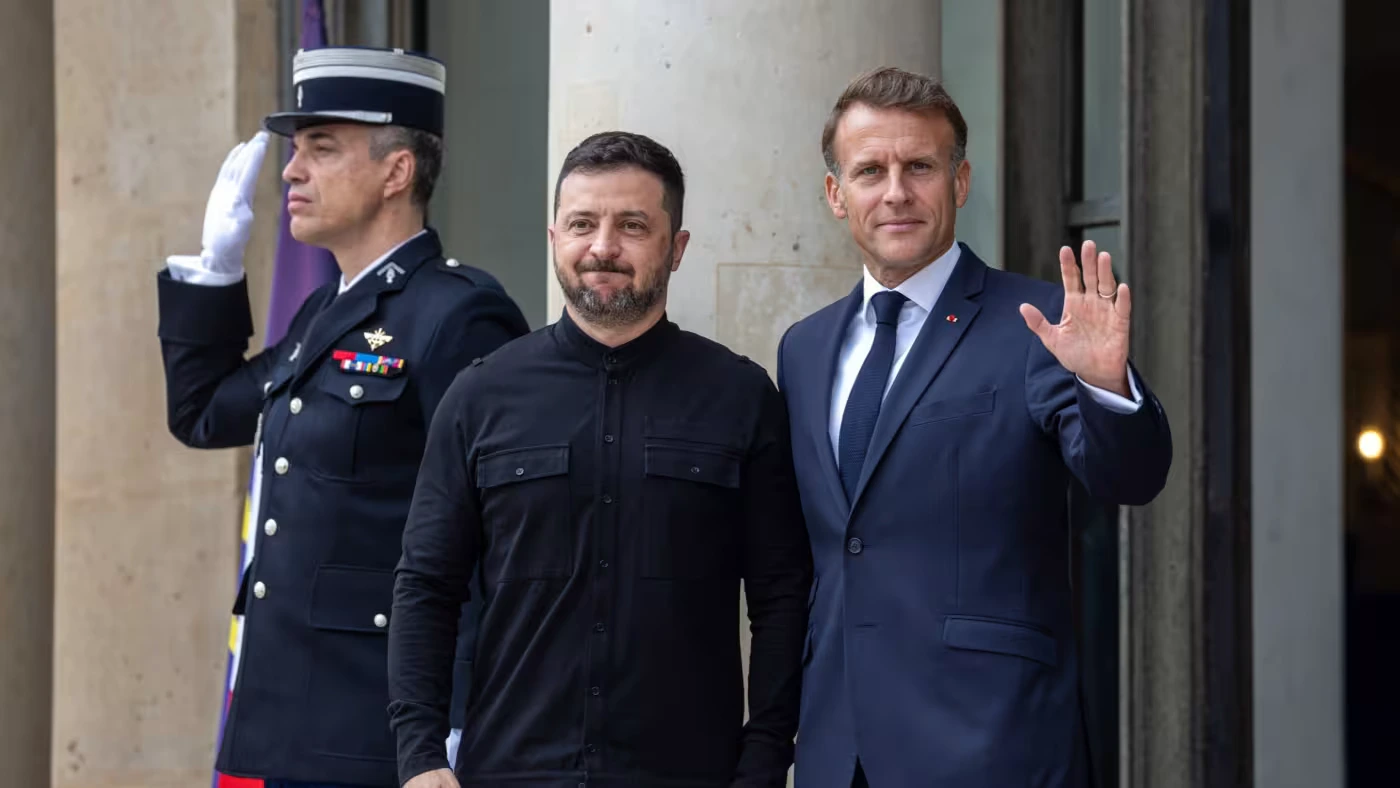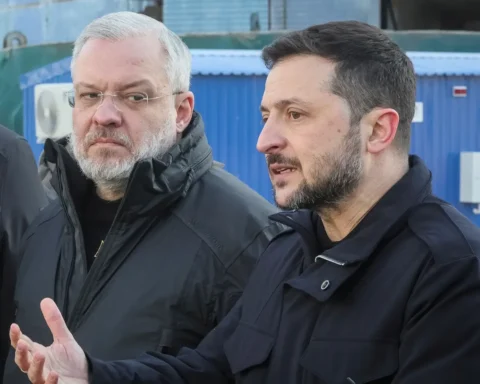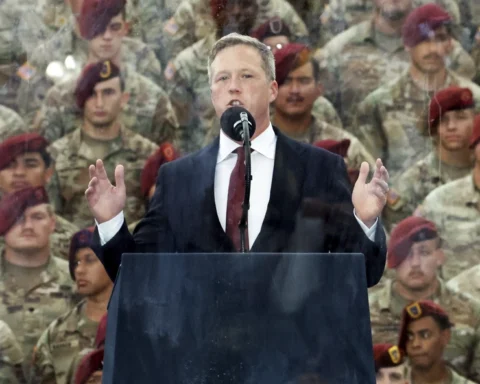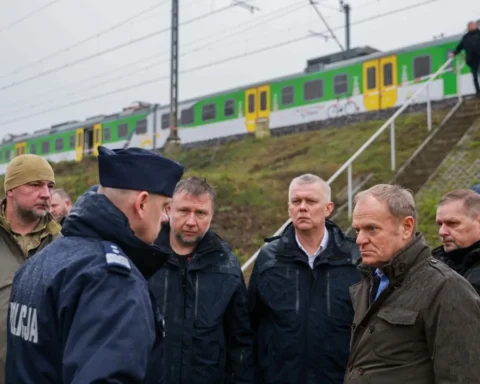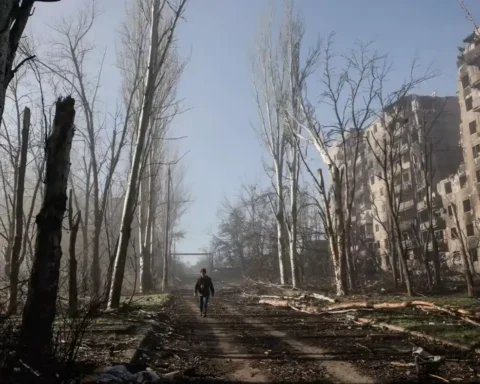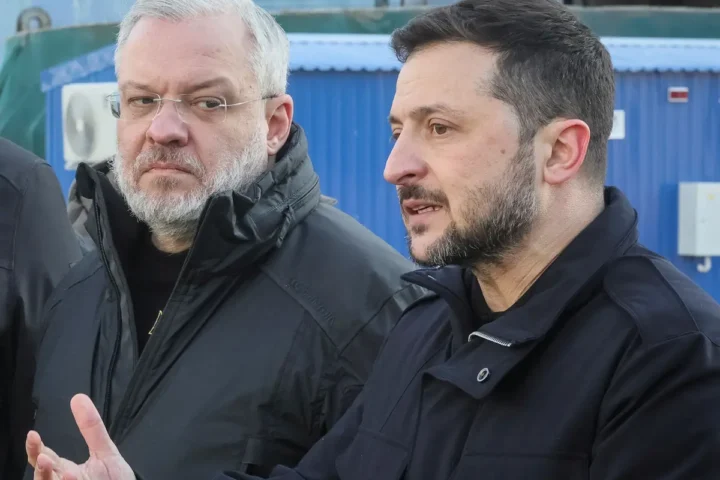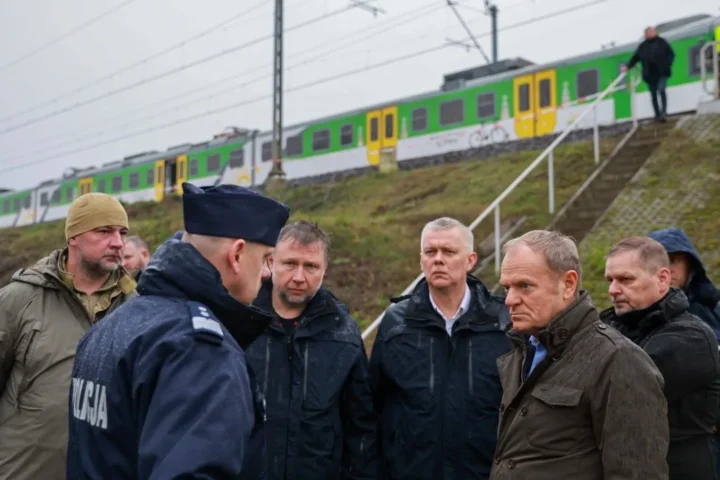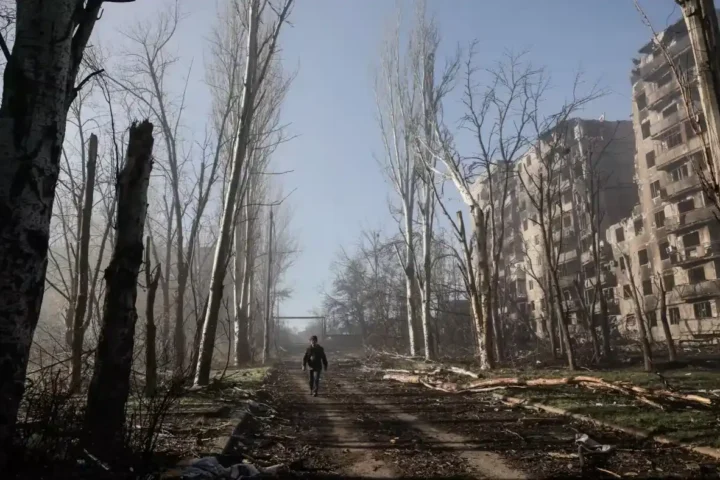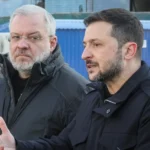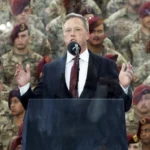Following the Paris summit of the “coalition of the willing,” French President Emmanuel Macron said that President Donald Trump’s administration will, in the coming days, specify the security measures the United States is prepared to provide to Ukraine—provided a ceasefire with Russia is reached. The meeting at the Élysée Palace brought together Volodymyr Zelenskyy and leaders of 35 countries; after in-person talks, the participants held a joint call with the President of the United States. According to Macron, “the outcome of the call is very simple: in the next few days we will finalize US support for security guarantees”—meaning parameters that would take effect after a cessation of hostilities. According to The Financial Times, European allies are seeking to lock in the contours of a “day-after” package without waiting for a political breakthrough in negotiations between Moscow and Kyiv.
The coalition and its commitments
Zelenskyy said that 26 of the 35 countries in the coalition had expressed readiness to contribute to Ukraine’s security after a ceasefire. Forms of participation vary: some are considering sending personnel as part of a “reassurance force” stationed away from the front line; others are contemplating air or naval support; still others are offering financial and logistical commitments, including buying additional weapons for Kyiv. The Ukrainian leader noted, “We are preparing documents on guarantees and determining each country’s investment in security,” adding that strengthening Ukraine’s army remains the primary deterrent against renewed aggression.
In recent weeks, the defense ministries of partner countries—working closely with Kyiv—have been developing options for such contributions; according to The Financial Times, the US and NATO are also involved. Yet Europe’s reliance on an American “insurance policy” remains significant: many capitals are tying participation of their contingents to the presence of a US “backstop,” i.e., political-military guarantees that reduce the risk of direct escalation from Russia.
The US role and Washington’s conditions
President Donald Trump earlier indicated that the United States is prepared to take part in ensuring Ukraine’s postwar security, but that the main burden should fall on European allies. Possible elements of US participation under discussion include air support and intelligence; Trump rules out any deployment of American troops. As The Financial Times notes, citing a White House official, during the joint call the US President also emphasized the need for Europe to stop purchasing Russian energy, which helps finance the Kremlin’s war economy.
Attempts by the White House to secure a swift peace—including deadlines presented to Vladimir Putin for progress—have so far not brought the Russian side to the negotiating table with Zelenskyy. Nevertheless, European capitals are stepping up preparations for “the day after,” so that if a ceasefire is reached, an international security package can be rolled out quickly.
“The day after”: what EU officials say
European Council President António Costa confirmed to The Financial Times that the US had “reaffirmed” its willingness to support Europe’s security guarantees for Ukraine. According to him, “twenty-six different nations agreed to participate with concrete commitments—people on the ground, ships at sea, planes in the sky.” He added: “We are ready for the day after [the peace deal].” At the same time, Costa stressed that it remains vital to “push Russia to the table of negotiations” through sanctions—measures the EU is discussing with Washington to increase pressure on Moscow. “President Trump continues to try to reach this agreement. And I think President Putin must understand that, of course, there is a limit for patience—even for President Trump,” he said.
Positions of individual countries
After the meeting, Italian Prime Minister Giorgia Meloni reiterated that Rome would not send troops to Ukraine, but could contribute “with monitoring and training initiatives outside Ukraine’s borders.” In Berlin, according to The Financial Times, the “boots on the ground” question is seen as more theoretical and a distraction from the immediate priority—bolstering Ukraine’s air defenses and expanding its firepower. Germany, already the largest arms supplier to Kyiv after the US, has pledged to increase deliveries of air-defense systems, help Ukraine produce long-range missiles, and provide equipment for four infantry brigades.
What Kyiv expects
Zelenskyy did not disclose the prospective size of partners’ “contingent,” explaining that parameters are still being refined and will largely depend on Washington’s final decisions. In Kyiv’s assessment, the outlines of the American “backstop” are becoming clearer; the final configuration of the package will also determine the level of participation by other coalition members.
This article was prepared based on materials published by The Financial Times. The author does not claim authorship of the original text but presents their interpretation of the content for informational purposes.
The original article can be found at the following link:The Financial Times.
All rights to the original text belong to The Financial Times.


